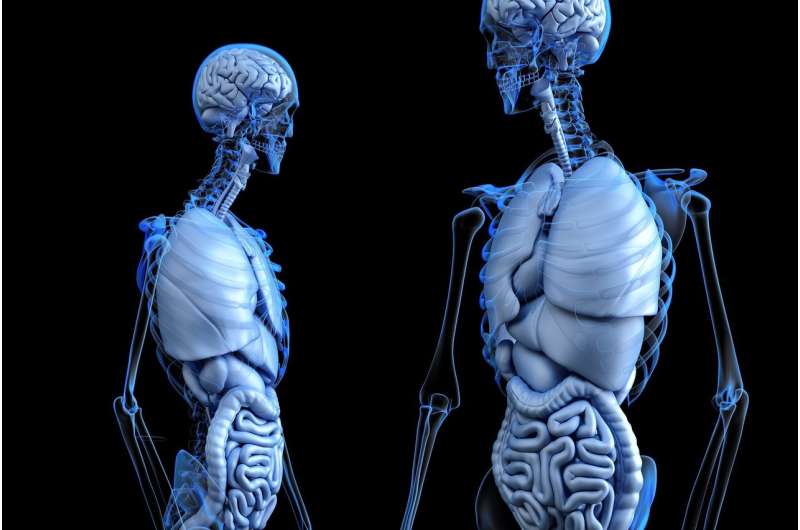
In the U.S., it’s estimated that 4.5 million adults are diagnosed with chronic liver disease. It develops over time and may be caused a number of conditions including, hepatitis, genetics, alcohol overuse or cancer.
Chronic liver disease is different than acute liver disease, which can come on quickly and may be the result of an injury or a virus.
Regardless of the cause, Dr. Bashar Aqel, a Mayo Clinic transplant hepatologist, says when the liver can no longer function, a life-saving transplant may be needed.
The liver is the largest internal organ of the body. It is essential for metabolism, digesting food and ridding the body of toxic substances. Liver failure can happen quickly, or over time.
“Once liver disease advances, the only way we can reverse the process and give the patient their life back is by replacing the liver, ” says Dr. Bashar.
When patients become a candidate for a liver transplant, they are added to a waitlist. Unfortunately, there are more people waiting for a liver than there are available organs.
“As the patient is waiting on the list, they usually are anxiously waiting for that call when a donor becomes available. And that’s what we call the deceased donor liver transplantation.”
Another option is a living liver transplant. It’s a major surgery where a person donates two-thirds of his or her liver. Donors needs to go through an extensive evaluation to make sure they can donate safely.
“A healthy liver is able to regenerate, and you will be surprised to know that with living donor liver transplantation, both segments of the liver will grow back to almost the normal size within 90 days after transplantation.”
Being a living organ donor may not be an option for everyone, but there are ways to people can sign up to be an organ donor. It can be as easy as checking a box on your driver’s license.
Source: Read Full Article
